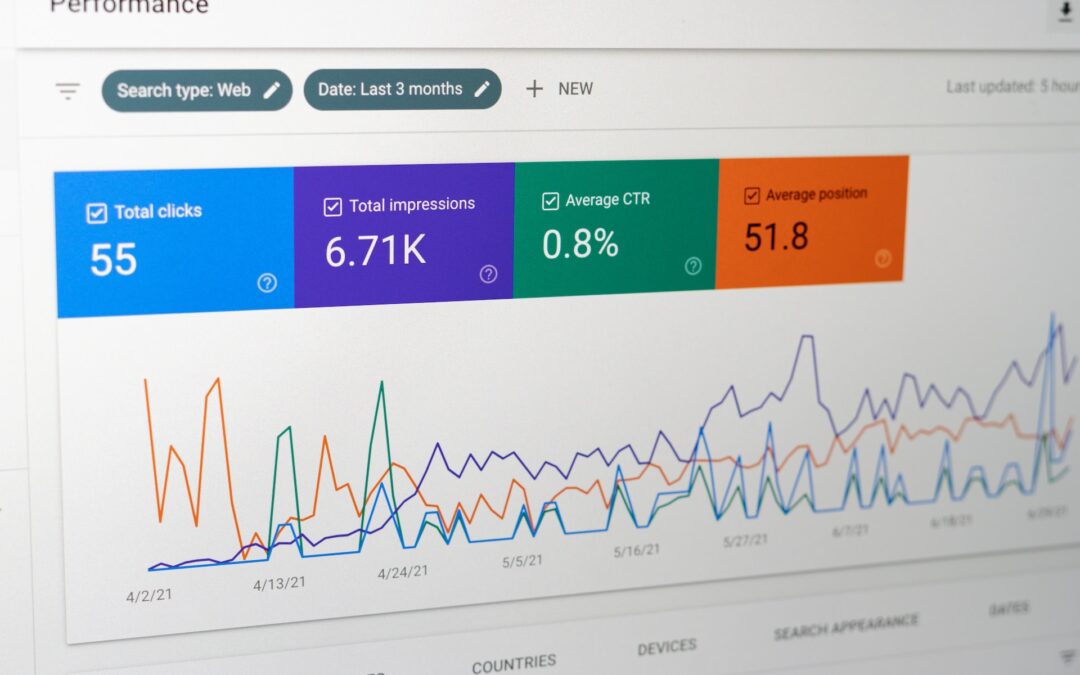In a world driven by data and statistics, the concept of averages holds significant weight. However, upon closer inspection, it becomes evident that relying solely on averages can be misleading and even meaningless. This article explores the problem with averages, delving into real-life examples that expose the flaws in using this statistical measure. From the impact of outliers to the prevalence of power laws, it becomes clear that understanding the underlying distribution is essential for accurate analysis and decision-making.
The Fallacy of Averages
Suppose you find yourself on a bus with forty-nine other passengers, and the heaviest person in America boards at the next stop. Naturally, you might assume that the average weight of the passengers would increase by a few percentage points. However, this assumption fails to capture the full picture. Similarly, if we consider the example of Bill Gates boarding the bus, the average wealth of the passengers experiences a dramatic surge, rendering the concept of “average” practically meaningless.
The Outlier Effect
To illustrate the impact of outliers further, let’s examine the example of wealth distribution. Suppose we randomly select fifty individuals, each with assets totaling $54,000. This represents the median, or middle value, of the sample. Now, let’s introduce Bill Gates and his vast fortune of around $59 billion. Suddenly, the average wealth soars to $1.15 billion, a staggering increase of over two million percent. This extreme outlier fundamentally distorts the statistical representation, underscoring the limitations of relying solely on averages.
Dealing with Averages: Assessing the Underlying Distribution
Renowned author Nassim Taleb warns against relying solely on averages, urging us to consider the underlying distribution of data. Using the analogy of crossing a river, he cautions that an average depth can mask treacherous variations. While a river may appear shallow for long stretches, it could swiftly transform into a dangerous torrent at certain points. Similarly, averages can mislead us when dealing with real-life situations that exhibit complex distributions.
The Context of Individual Experiences
Consider the average amount of UV rays one is exposed to on a typical June day. On its own, this level of exposure might not be harmful. However, imagine spending the entire summer indoors and then suddenly basking in the intense Barbados sun without sunscreen for a week. Despite the average UV exposure over the summer being comparable to someone who spent more time outdoors, the concentrated and intense exposure within a short period poses a significant health risk. This example emphasizes the importance of considering individual circumstances and the distribution of events rather than relying solely on average measurements.
The Power Law Phenomenon
As our world becomes increasingly complex, irregular distributions become more prevalent. The phenomenon of power laws manifests in various domains. For instance, when it comes to website visits, a few dominant sites, such as the New York Times, Facebook, and Google, attract the majority of traffic, while countless other pages receive relatively few visits. Power laws are also observed in city populations, where a handful of megacities overshadow numerous smaller cities. This dominance of extremes renders the concept of average meaningless in such scenarios.
Challenging the Average Paradigm
When contemplating questions about the average size of a company, the average population of a city, or the average success of a marketing campaign, it may seem logical to seek these average values. However, the prevalence of power laws indicates that a few outliers significantly influence these metrics. Rather than relying on average figures, it becomes crucial to analyze the underlying distribution to gain a more accurate understanding.
A Flawed Representation
Ultimately, the concept of averages can mislead and oversimplify complex phenomena. From the distribution of financial wealth to the success of marketing campaigns, relying solely on averages obscures the true nature of the situation. As novelist William Gibson aptly noted, “The future is already here – it’s just not very evenly distributed.” To navigate a world shaped by power laws and outliers, we must look beyond averages and delve into the underlying distribution for a more comprehensive perspective.
Conclusion
The problem with averages lies in their failure to capture the intricacies of real-life phenomena. While averages serve a purpose in certain contexts, they often mask the influence of outliers and power laws. To gain a more accurate understanding, we must analyze the underlying distribution and consider the unique circumstances and variations within a given system. By challenging the notion of averages, we can embrace a more nuanced and comprehensive approach to data analysis and decision-making in an increasingly complex world.

